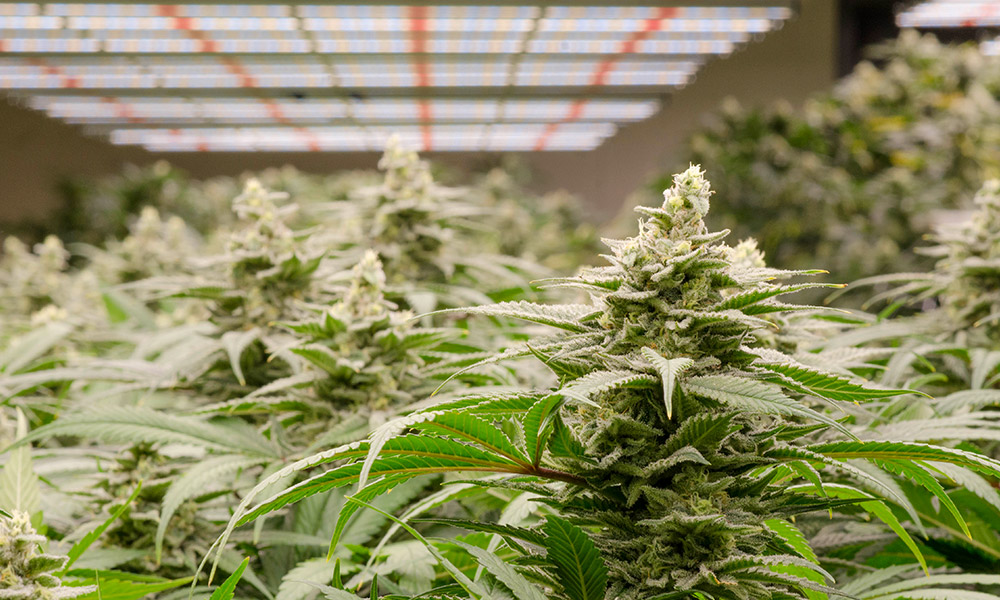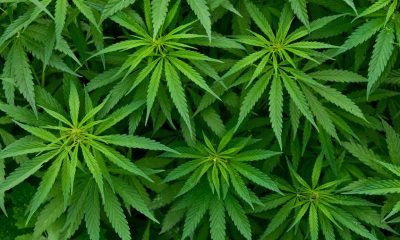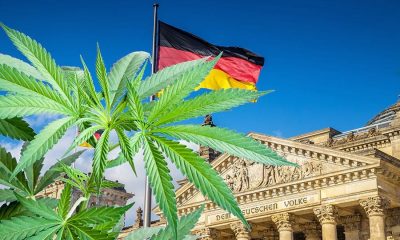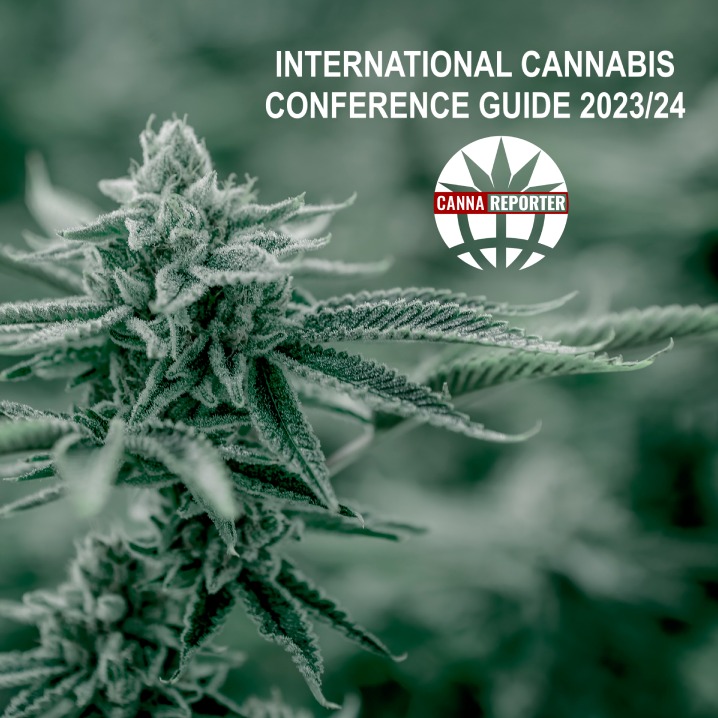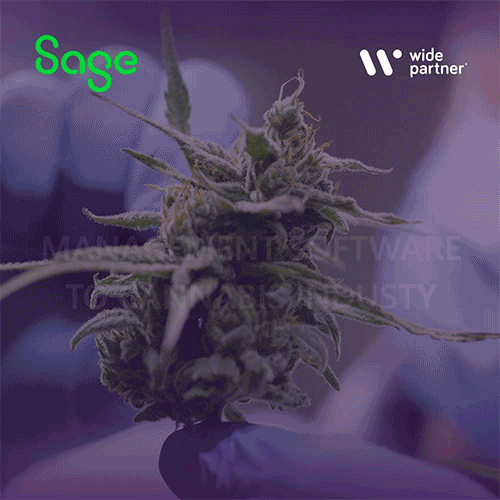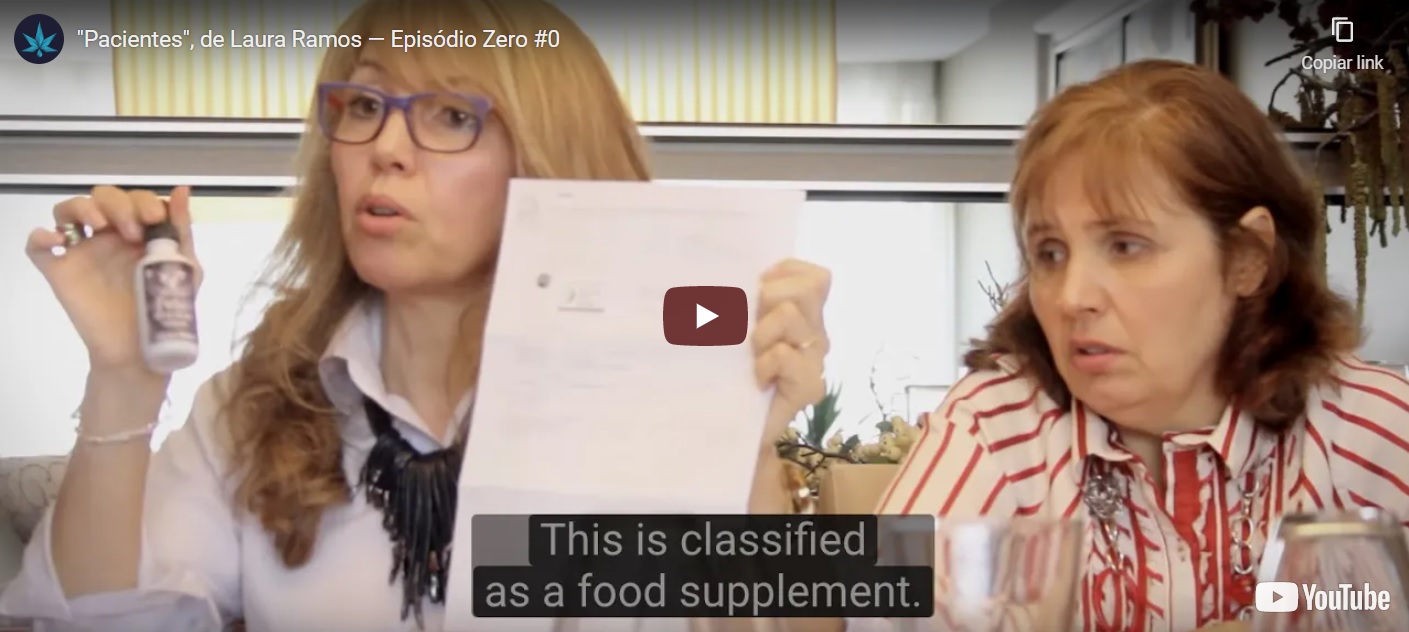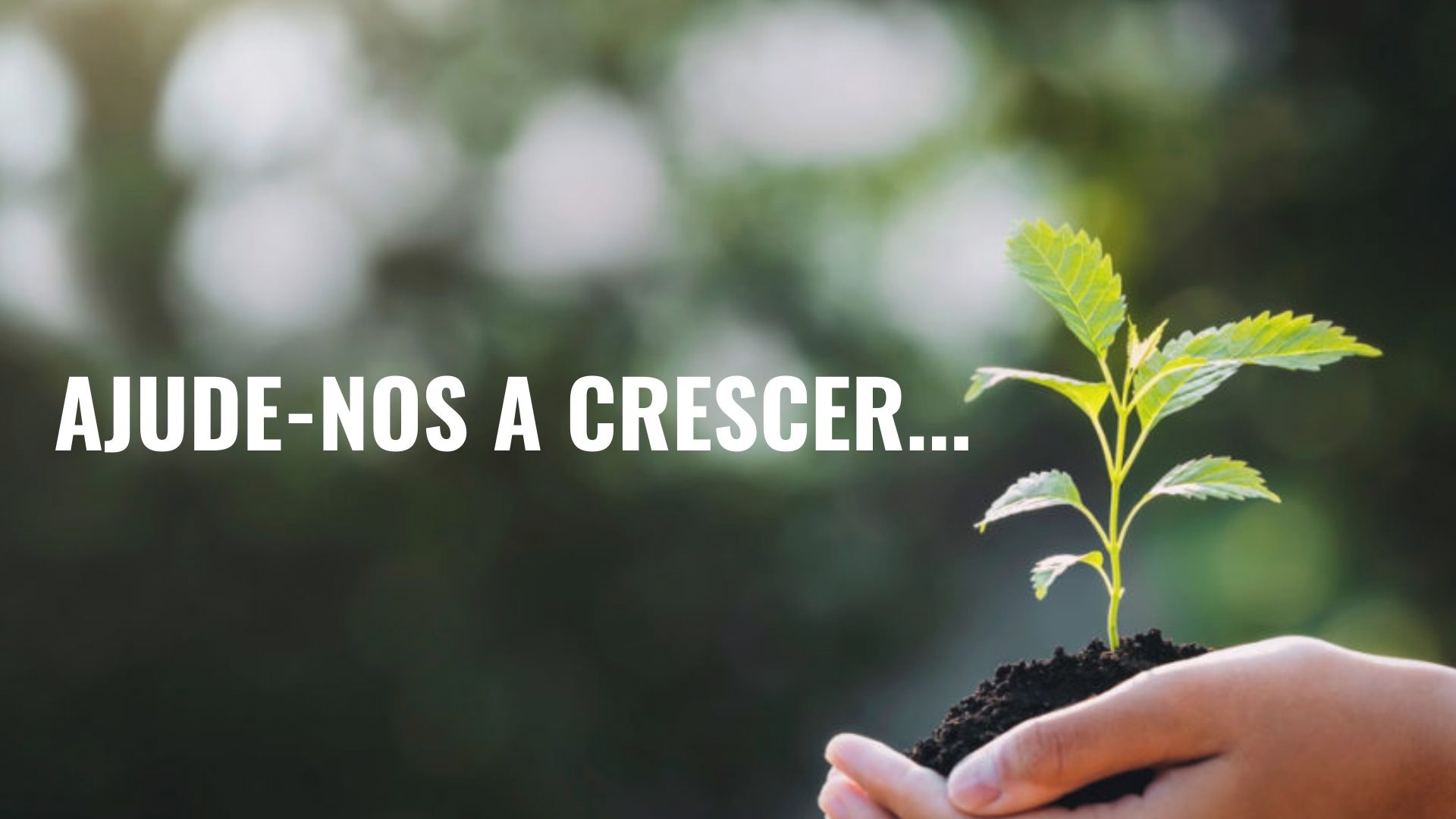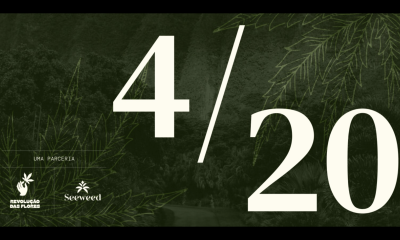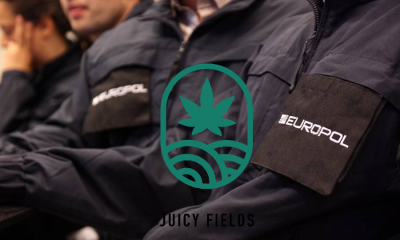The adoption of LED in the last decade has revolutionized the cultivation of cannabis in a controlled environment and promises to continue its meteoric rise around the world. According to the report “State of the Cannabis Lighting Market” as of 2021, LED lighting is the preferred method of North American growers in the three main stages of growth: propagation, vegetation and flowering.
LED usage has increased by over 45% across all growth stages since the initial 2016 report. Regarding future adoption, 68% of growers who are not using LED during flowering are considering doing so in the next few years. 12 months.
Why choose LED lighting for growing cannabis?
While the trend towards full LED adoption in North America, Europe and other regions can be attributed to numerous factors – declining capital costs, customizable spectral composition, dimmable light intensity, a growing body of research – this can be explained through of the three advantages of interconnected LEDs: greater efficiency, greater environmental control and better yields and quality.
1. Greater efficiency
There are two trends in the market for cannabis lighting that affect the vast majority of growers around the world. The first, which has been going on since LEDs were introduced to the market and which producers are most familiar with, revolves around the benefits and challenges of switching from legacy lighting solutions such as high pressure sodium (HPS) luminaires. for LEDs.
The initial adoption of LED was primarily driven by its energy efficiency and cost savings. For example, commercial wide-spectrum LED lights achieve 2,6 micromoles of photosynthetic photon flux (PPF) per joule of electricity over their lifetime, compared to HPS lights, which average 1,9 micromoles per joule. LEDs also dramatically reduce maintenance and replacement costs that legacy systems most often incur. These efficiencies have spurred several institutions and programs to offer generous subsidies and discounts to producers upgrading to LED systems. These savings, along with reductions in HVAC costs, have made LEDs a worthwhile long-term investment for growers around the world.
The second, a relatively new discussion for many growers, applies to those who have already adopted LEDs but are looking for research and insights to identify the correct light spectrum and composition that addresses your unique growing conditions, including geography, facility type, environmental conditions and cultivars.
Both conversations almost always involve an efficiency component. But where the supremacy of LEDs over legacy lighting has been well established, some growers already using LEDs may be tempted to deploy lighting strategies that favor low light intensity and wavelengths such as far red, red or pink, in an effort to reduce the energy consumption.
However, in the quest for greater efficiency, they may be sacrificing greater revenue. Many crops – cannabis among them – favor high-intensity, broad-spectrum strategies that improve overall yields and plant quality, on crucial attributes such as improved morphology, terpene profiles and cannabinoid content.
Efficiency doesn't mean optimization, and cost savings mean little if you're not also maximizing revenue potential. Any LED-based cannabis operation seeking efficiency gains must balance this with an analysis of the lighting strategy that will get the most out of their crops.
2. Improved control
LEDs provide enhanced control over almost every parameter of a cannabis operation. Most critical is, of course, the ability to manipulate light intensity and spectral composition in order to maximize yields and production.
Understanding the impact of LEDs on environmental controls, however, is just as important, especially for growers who have recently switched from legacy lighting or are considering doing so.
There are four main control parameters that LEDs enhance:
● Management of vapor pressure deficit (VPD) becomes possible
HPS lights produce a significant amount of heat. When turned off, however, the resulting changes in the environment can leave crops more vulnerable to condensation and pathogens as they cool faster than other surfaces.
Under LEDs, the environment is less affected by the heat produced by the lighting, with the most accurate HVACD system, designed precisely for managing the maintenance of temperature and humidity set points.
This improved stability of the LEDs translates to less condensation on the plants, less water usage and less dehumidifying ventilation.
● Achieve the perfect temperature with LEDs.
Ambient temperature plays an important role in the physiological functions and pollen development of certain crops such as cucumbers and tomatoes. With HPS systems, it is much more expensive and difficult to maintain adequate heat levels, leading to fluctuations that stress plants. Although HPS lamps can perform two different tasks – both lighting and heating, they do not perform any task particularly well and pose a much greater danger to plants if they fail. Ultimately, maintaining optimal temperatures should be the responsibility of the HVACD system.
An LED retrofit may require the addition of a heating system, but growers will generally see reduced heating loads overall and, more importantly, will favor greater control of their environments.
● LEDs stabilize CO2, preventing ventilation
As PPFD increases, maintaining supplemental CO2 levels is critical to maximize photobiological responses and overall production. A concentration of 1.200 to 2.000 ppm is often the optimal range for cannabis production.
However, producers using HPS lights need to ventilate their premises to dehumidify or cool their environments, creating large fluctuations in temperature, humidity and CO2 levels.
LED systems decrease the need for ventilation, which allows for better climate control, CO2 preservation, increased photosynthesis, better morphology and less disease occurrence.
● Higher PPFD levels and higher yields
Cannabis has an almost insatiable appetite for light, and many researchers studying the effects of LEDs on cannabis are increasingly seeing higher saturation points, creating new avenues to improve growers' profitability through high-output lighting strategies and high PPFD.
3. Better quality and yield
While projected savings have driven the early adoption of LEDs, their greater effectiveness and ROI (return on investment) have emerged as key factors in their sustained popularity. It is now understood that increasing light intensity and spectral quality correlates with substantial increases in a crop's yield, morphology and health. In one study, researchers found that a 1% increase in photosynthetically active radiation (PAR) corresponded to a 1% increase in harvested product up to light levels of 1.500 µmol/m2/s. By optimizing installations with LEDs and vertical racks, growers are realizing that they can realize profits that far outweigh the already significant savings.
What kind of LED lighting is best for growing cannabis?
As the body of research on the various impacts of LEDs on cannabis production grows, so will the ability of producers to harness the full potential of LEDs – particularly their ability to deliver broad-spectrum, high-intensity strategies – to achieve new levels of production and profitability.
1. Impact of broad spectrum light on cannabis cultivation
The dramatic and global shift towards the use of LED has spurred scientists and researchers to discover its full potential. LEDs are technologically more efficient and thermoregulated than their predecessors, but advanced LEDs also offer enhanced features such as spectral control, dimming, photo-acclimation, and higher PPFD, among others. The ability to control all aspects of cannabis production, however, has been accompanied by a clear market need to understand the effects that different spectra and intensities have on plants and operations in general.
Fluence has invested heavily in empirical research to address this need. In partnership with Wageningen University & Research in the Netherlands, US-based cannabis growers and others, Fluence research found that while spectrum sensitivity is cultivar dependent, broad-spectrum lighting strategies – which include green light and other wavelengths largely absent in narrowband spectra – better crop yield, morphology and overall performance in selected cannabis cultivars when compared to narrowband spectra with high proportions of red and far red wavelengths.
In a study conducted with Texas Original Compassionate Cultivation (TOCC), researchers studied the response of Type I, Type II, and Type III cannabis to broad-spectrum lighting, using various percentages of red light under high PPFD. In each case, the broad spectrum with the lowest amounts of red light generated the highest dry weight per plant. In Type I cannabis, a balanced spectrum of white light generated 17% higher yields than the next highest yielding spectral solution, which contained a higher concentration of red light. Cannabis grown under the most balanced spectrum also significantly improved morphology. Plants grown under a balanced spectrum of white light were also free of photodegradation in their upper buds, a development that typically occurs in plants grown with a higher fraction of red light.
In the WUR study, researchers found that in some cultivars, the content of monoterpene and cannabinoids, including THC, CBD and CBG, was significantly and inversely proportional to the fraction of red light in the production spectrum. With these cultivars, the more balanced white light spectrum induced a 20% increase in cannabinoid compounds, compared to spectra with red light proportions of up to 90% or more. In other words, more red light equals fewer desirable traits.
2. The benefits of high light intensity strategies
Cannabis growers have long understood the integral nature of light and plants, but recent research suggests that cannabis has an even higher threshold for light intensity than previously thought, when the right spectrum is used.
A recent high PPFD research trial, conducted by Fluence in collaboration with TOCC, studied light intensities ranging from 1100 to 2100 µmol/m2/s. Three cultivars were analyzed – high in THC (Type I), balanced THC and CBD (Type II) and low in THC (Type III) – under a balanced spectrum of white light.
The study found that the greatest yield increase occurred between 1.100 and 1.500 µmol/m2/s. A 26% increase in light intensity increased yields by 27%. The yield continued to rise even towards 2.100 µmol/m2/s, where the researchers observed a peak in yield. Environmental parameters were closely monitored throughout the experiment. The investigators noted that under treatments greater than 1.500 µmol/m2/s, managing these parameters became much more challenging.
Innovations in LED technology and developments in the fields of photobiology and agriculture have opened up an exciting future for cannabis markets around the world. The ability of researchers, engineers and producers to continue to develop and refine broad-spectrum, high-intensity strategies and methods will translate into a new era of growth and profitability for those who adopt them.
_____________________________________________________
* Timo Bongartz has spent more than a decade helping companies innovate their business models and start new ventures. His passion for accelerating business transformation – combined with a childlike affinity for cultivation – led him to the horticulture sector. Today, Timo serves as general manager for Fluence's EMEA region, empowering food, ornamental and cannabis producers across Europe, the Middle East and Africa to achieve their growing goals through advanced horticultural lighting technologies. Together with its interdisciplinary and multinational team, Timo supports greenhouse growers and vertical farmers in over 20 countries and manages industry-leading photobiology research.
